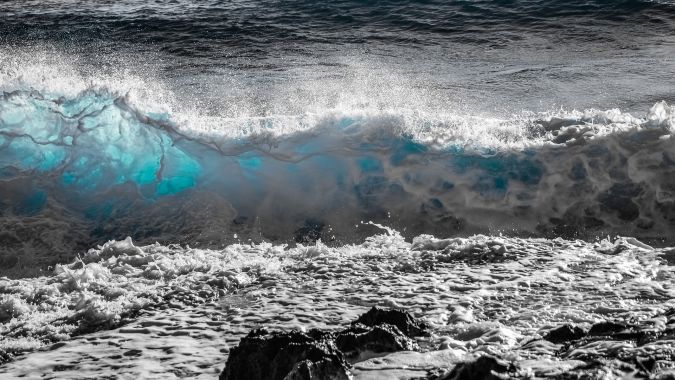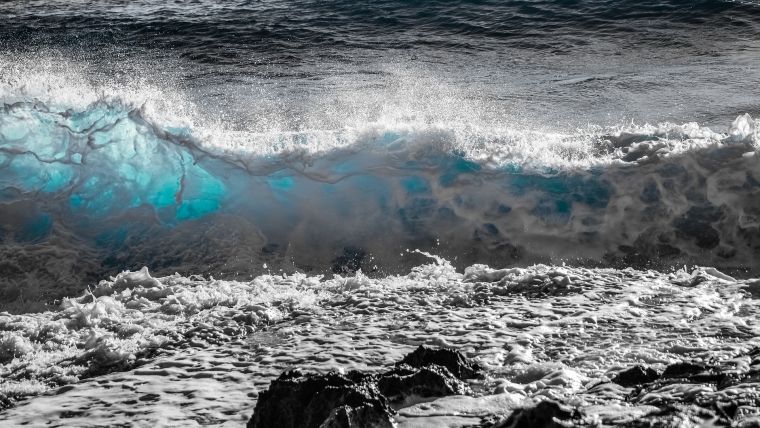UN member states reach groundbreaking agreement to protect high seas
After years of negotiations, the member states of the United Nations have finally reached an agreement on the conservation of biodiversity in the oceans. The High Seas Treaty must protect international waters, which make up about two thirds of the ocean surface.
“The ship has reached the shore”, announced conference president Rena Lee to loud applause at the United Nations Headquarters in New York on Saturday evening local time. The main goal of the conference was to ensure that at least 30% of the world’s oceans are designated as protected areas in the future.
Two thirds of the oceans lie outside countries’ exclusive economic zones and belong to the high seas. These are largely areas outside national jurisdiction. While the good health of marine ecosystems is critical to life on Earth, only 1% are currently protected. The agreement aims to change that and is seen as essential to achieving the goal agreed in December to protect 30% of the world’s land and sea by 2030.
In seven years’ time, 30% of that open sea must therefore be protected so that underwater life is preserved and can also recover. It is essential that fishing, shipping and deep-sea mining are restricted in these protected areas.
UN Decade of Ocean Science for Sustainable Development
As experts have been saying for many years, sustainable management can transform the oceans into an inexhaustible source of food, energy and raw materials. The ‘historic treaty’ also contains agreements on comprehensive environmental impact assessments. This includes aspects from acidification to underwater noise to overfishing to pollution. The treaty will allow a single ecosystem approach to be taken that collectively covers all these issues.
“Designating protected areas requires knowledge of the ocean system. These protected areas are benchmarks for determining how a well-functioning system works and how a system can recover after disturbance, and are therefore perfect research sites. This treaty comes at an opportune time, as the research community joins forces in the UN Decade of Ocean Science for Sustainable Development. Hopefully, we can now continue to work on better understanding the role of the ocean in the climate and the carbon cycle and how to use the ocean sustainably. In short, we are very pleased with the treaty,” said NIOZ director and climate scientist Prof. Han Dolman.
UN Secretary-General António Guterres commended the delegates, according to a spokesperson who said the agreement was a “victory for multilateralism and for global efforts to counter the destructive trends facing ocean health, now and for generations to come.”
Guterres urged member states to unite and end the prolonged negotiations ahead of the conference, stating that the oceans are at the forefront of humanity’s senseless battle against nature. His plea has been heard and the negotiations have finally come to a successful conclusion, with reason prevailing.















